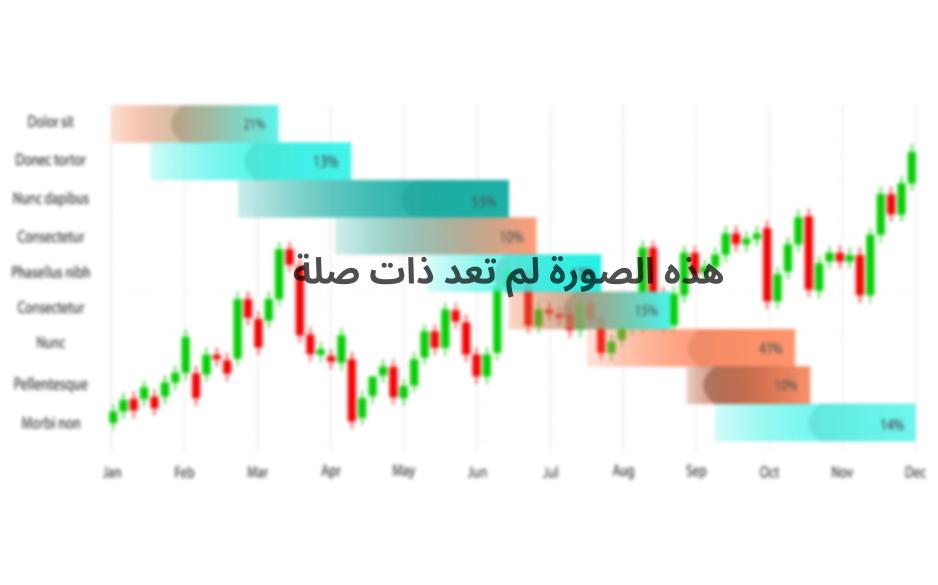The EUR/USD pair has been showing active downward interest this whole week. As a result, important price coordinates were passed, and the quote was consolidated below the interaction area of trade forces 1.1690/1.1700/1.1710.
The level of 1.1650 became a variable pivot point yesterday, where there was a natural stop and pullback to the previously passed area of interaction of trading forces.
The downward interest prevails in the market, and this is due to both technical and fundamental factors.
In terms of technical analysis, the recovery process is highlighted relative to the ascending cycle 1.1612 ---> 1.1880
In terms of fundamental analysis, the euro is under a lot of pressure in view of the new quarantine measures taken by the EU regulators due to the second wave of COVID-19.
Based on the above material, we can see that the existing lows are still the end of the downward development.
If we consider yesterday's fifteen-minute TF, a round of short positions appeared right away after the accumulative process within the limits of 1.1743/1.1760 broke down. The acceleration coincided with the start of the European session and lasted until 16:30 UTC+00, where there was a stop, followed by a pullback.
In terms of daily dynamics, the highest figure since October began was recorded yesterday. It was 108 points, which is 46% higher than the average. The speculative ratio, in turn, indicates the excitement.
It was discussed in the previous review that traders were ready for a downward development, which is why the first entry point was made after the breakdown of the lower line 1.1743/1.1760. The next positions were made based on the breakdown of the interaction area of trade forces 1.1690/1.1700/1.1710.
Looking at the trading chart in general terms (daily period), it can be seen that the recovery process relative to the upward tact of 1.1612 --- > 1.1880 has already passed the mark of 84%, which indicates the prevailing downward interest.
Yesterday's news background included US statistics, where the first estimate of GDP for the third quarter indicated economic growth of 33.1% against the expected growth of 30.0%. The figure is staggering, but we should not forget the recession we had a period earlier. At the same time, applications for unemployment benefits continue to decline, where initial applications fell from 791,000 to 750,000, while repeated applications fell from 8,495,000 to 7,756,000.
The indicators for the United States are excellent, which plays in favor of the US dollar.
At the same time, an important event happened yesterday. The ECB had a meeting, where the interest rate was left at zero, but additional stimulating measures are likely to be taken due to the difficult COVID-19 situation.
This is probably about the expansion of the Pandemic Emergency Purchase Program (PEPP).
In turn, the information background will continue to exert pressure, and so, German Chancellor Angela Merkel has already introduced quarantine measures inside the country, but she calls for even more extensive tightening in order to contain rising COVID-19 cases in the EU.
For the economic calendar, we have a preliminary estimate of the GDP of Europe today, where a slowdown is forecasted in the rate of economic decline from -14.7% to -8.0%, which is good, but this is still disappointing compared to the US. At the same time, preliminary inflation data will be published, where consumer prices will remain within the deflationary border, which worsens the economic recovery process.
Moreover, next week is the most dynamic in recent years, since it will be filled with events: US presidential elections, Fed meeting, report of the US Department of Labor. Even one of the events listed above would be enough for a dynamic market.
[All time zones are in Universal time]
Monday, November 2
USA 15:00 - ISM index of business activity in the manufacturing sector for October
Tuesday, November 3
US presidential election
Wednesday, November 4
EU 10:00 - Producer price index for September
USA 12:30 - ADP employment report in the private sector for October
Thursday, November 5
EU 10:00 - Volume of retail sales for September
USA 12:30 - Claims for unemployment benefits
USA 19:00 - Fed meeting
USA 19:30 - Press conference of the FOMC
Friday, November 6
USA 12:30 - report of the US Department of Labor
- Change in the number of people employed in the non-agricultural sector
- Unemployment rate
- Average hourly wages
Further development
If we analyze the current trading chart, a pullback from the level of 1.1650 can be seen within the interaction area of trading forces at 1.1690/1.1700/1.1710, where sell positions appeared again. Based on the mood of the market, we can assume that traders are aiming at yesterday's low - 1.1650, where the way to the main coordinate 1.1612 will open if the price consolidates below the low.
An alternative scenario will be considered if the pullback high 1.1695 is updated, which could lead to a variable gap in the range of 1.1690/1.1720.
Indicator analysis
Analyzing different sectors of time frames (TF), we can see that the technical indicators unanimously have a sell signal due to a rapid price decline.
Weekly volatility / Volatility measurement: Month; Quarter; Year
The volatility measurement reflects the average daily fluctuations, calculated per Month / Quarter / Year.
The volatility of the current time is 27 points, which is 63% below the average. The dynamics will grow even more due to speculative excitement.
Key levels
Resistance zones: 1.1700; 1.1880; 1.1910; 1.2000 ***; 1.2100 *; 1.2450 **; 1.2550; 1.2825.
Support zones: 1.1650 *; 1,1500; 1.1350; 1.1250 *; 1.1180 **; 1.1080; 1.1000 ***.
* Periodic level
** Range level
*** Psychological level










